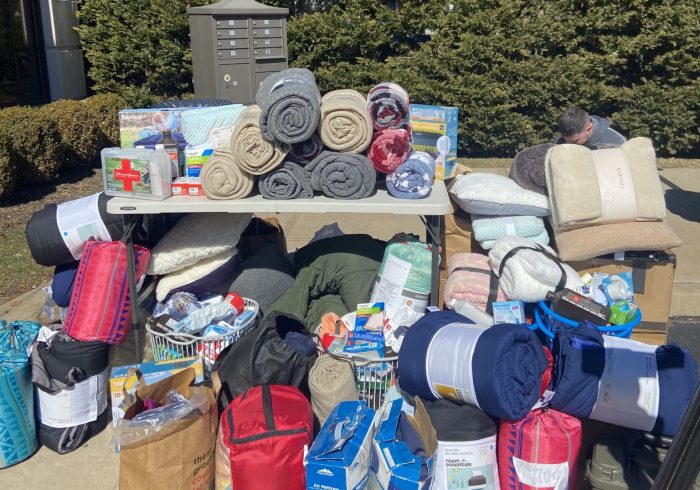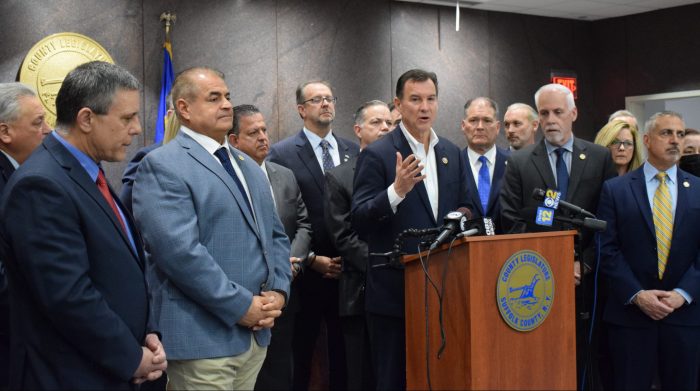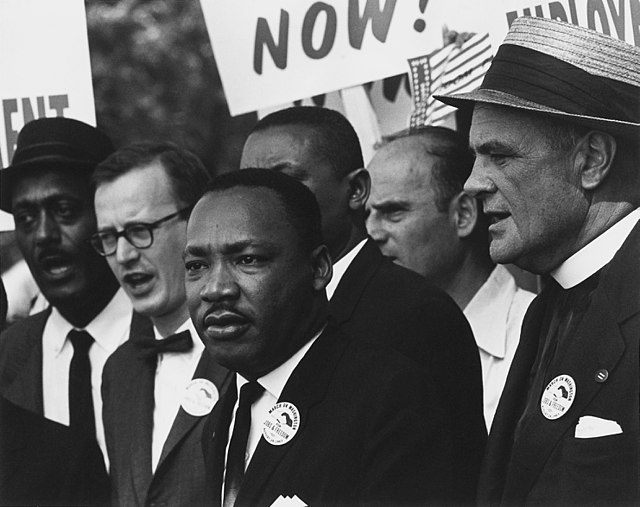“Propaganda begins when dialogue ends.” — Jacques Ellul
Democracy cannot flourish without a well-informed, enlightened public.
Many miles away from Long Island, against a backdrop of a momentous war in Ukraine, there is another war for the public consciousness of people everywhere. It is a war against a free and independent press, against openness and transparency with the public, and against truth itself. In moments of greatest agitation, those who most fear the truth will do whatever it takes to bury it.
During a teach-in last week at Stony Brook University, Distinguished Professor Leonie Huddy of the Department of Political Science, said, “We are also in a propaganda war.”
The Committee to Protect Journalists is a nonprofit that promotes independent journalism and defends press freedom worldwide. According to the CPJ website, five journalists have already been killed since the start of the Russian invasion on Feb. 24. With abhorrent regularity, journalists are now being targeted and killed.
Aware of the risks, Louise Callaghan, a Middle East correspondent for The Sunday Times of London and virtual panelist at the SBU teach-in, told the audience that she will return to the warzone to report the situation in Ukraine on the ground.
From the bomb shelters of devastated Mariupol to the Long Island North Shore, journalists have incredible responsibility. The Founding Fathers wrote freedom of the press into the First Amendment of the Constitution because they understood journalism was a necessary deterrent to unchecked power. Journalists shine light upon those who hide behind the shadows of deception, whose greatest weapons are disinformation and fear, as not even their nukes can topple what is true.
Right now, dictators and their propagandists are waging a war of ideas, seeking the total annihilation of reason and free thought. Journalists, such as Callaghan, are among our last lines of defense. Whether one is a local reporter on Long Island or a foreign correspondent in Ukraine, the principle remains. So long as journalists are there to shine light on the powerful and the wicked, to distill fact-driven, unfiltered information to the public, then autocrats and their propagandists will never prevail.
This staff editorial is dedicated to the journalists who have made the ultimate sacrifice in the name of transparency and truth.














